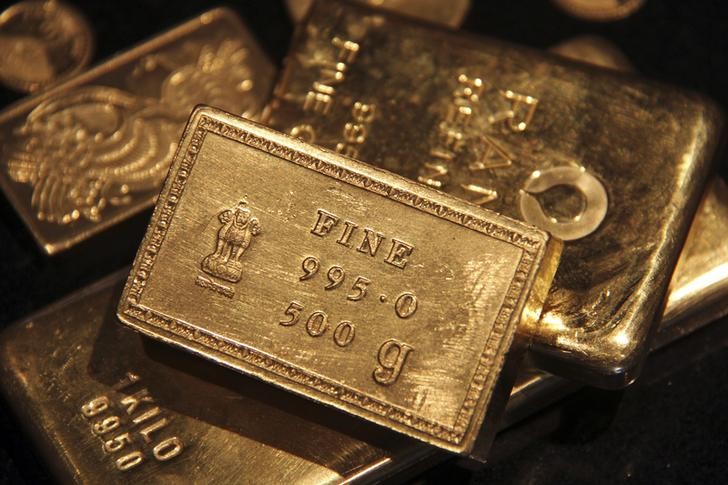This post was originally published on this site
https://i-invdn-com.akamaized.net/news/LYNXMPEE5R1AR-ORUBS_M.jpg
ETFs tracking the precious metal, seen as a safe haven during economic downturns, have attracted $14.5 billion in less than five months, topping the $11.7 billion that flowed into the funds in 2009, according to data compiled by Bloomberg.
The biggest contributor to the gains is State Street’s SPDR Gold Share ETF, ticker GLD (NYSE:GLD), which saw its best month of inflows since 2009 in April and has taken in an additional $1.4 billion in May. BlackRock’s iShares Gold Trust, ticker IAU, is just shy of its yearly record with $3.7 billion in inflows so far this year.
“There is still skepticism in the market,” said Mohit Bajaj, director of ETFs for WallachBeth Capital. “I think investors are using it as a hedge just in case equities do pull back.”
Money continued to flow into the funds as U.S. stocks rallied more than 30% from their March lows. Unprecedented stimulus and lower interest rates to mitigate the economic fallout from the Covid-19 pandemic has stoked demand for risk assets, including equities.
The Federal Reserve has allocated $2.3 trillion of credit through nine programs so far, backed by $215 billion of Treasury funds, sparking worries of currency debasement. Some investors are also concerned that the stock rebound will fade as economic data paints an increasingly dreary picture of the pandemic’s impact, with 20.5 million jobs lost in April, and President Donald Trump reignites threats of tariffs on China.
Last week, gold holdings in ETFs rose to more than 3,000 tons, an all-time high, as year-to-date inflows already surpass the volume added during 2019.
Gold ETFs are typically used in a buy-and-hold fashion, whereas gold futures and options usually attract speculative investors. So the gold ETF flows show investors are concerned about the inflation risk the pandemic has caused in the long run.
“We haven’t seen inflation in a long, long time, but the Fed just continues to say they will keep rates low as long as they don’t see inflation,” said Sandy Villere, portfolio manager at Villere Balanced Fund. “All the money that is sloshing around and the ridiculous amount of jobs that have been lost, those jobs could come right back and then you have an extreme amount of stimulus. With all that cash in the economy, you could see some form of overheating.”
©2020 Bloomberg L.P.

